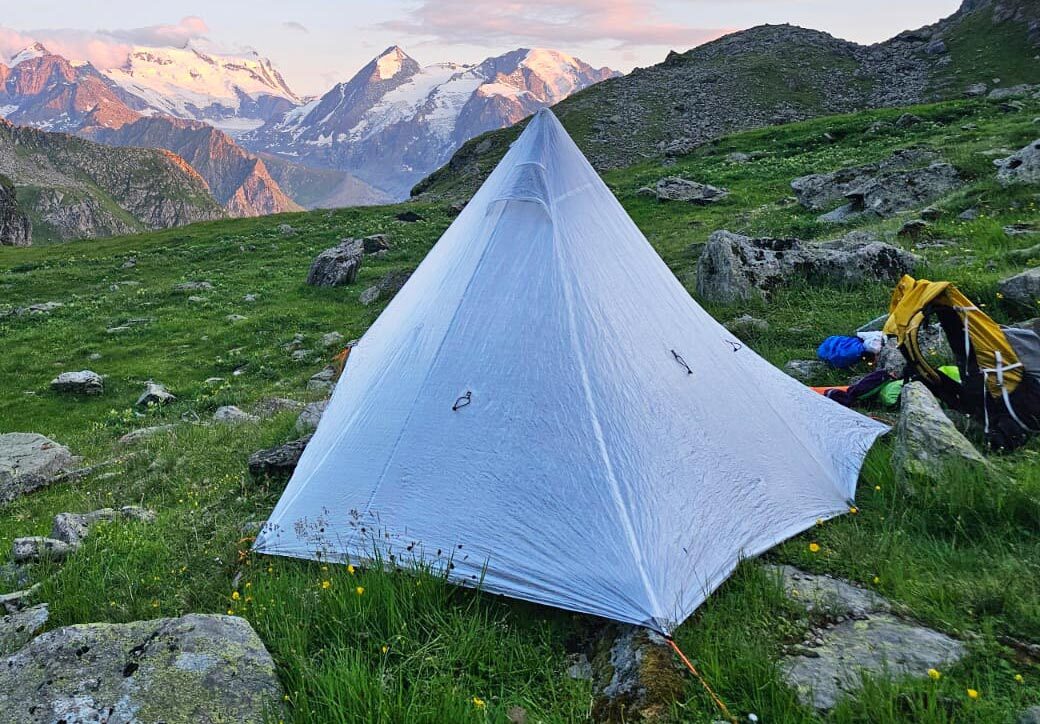Ultralight for 10 Days in the Alps: Chamonix to Zermatt Haute Route Gear List
Posted by Mark Richardson on Jul 30, 2025
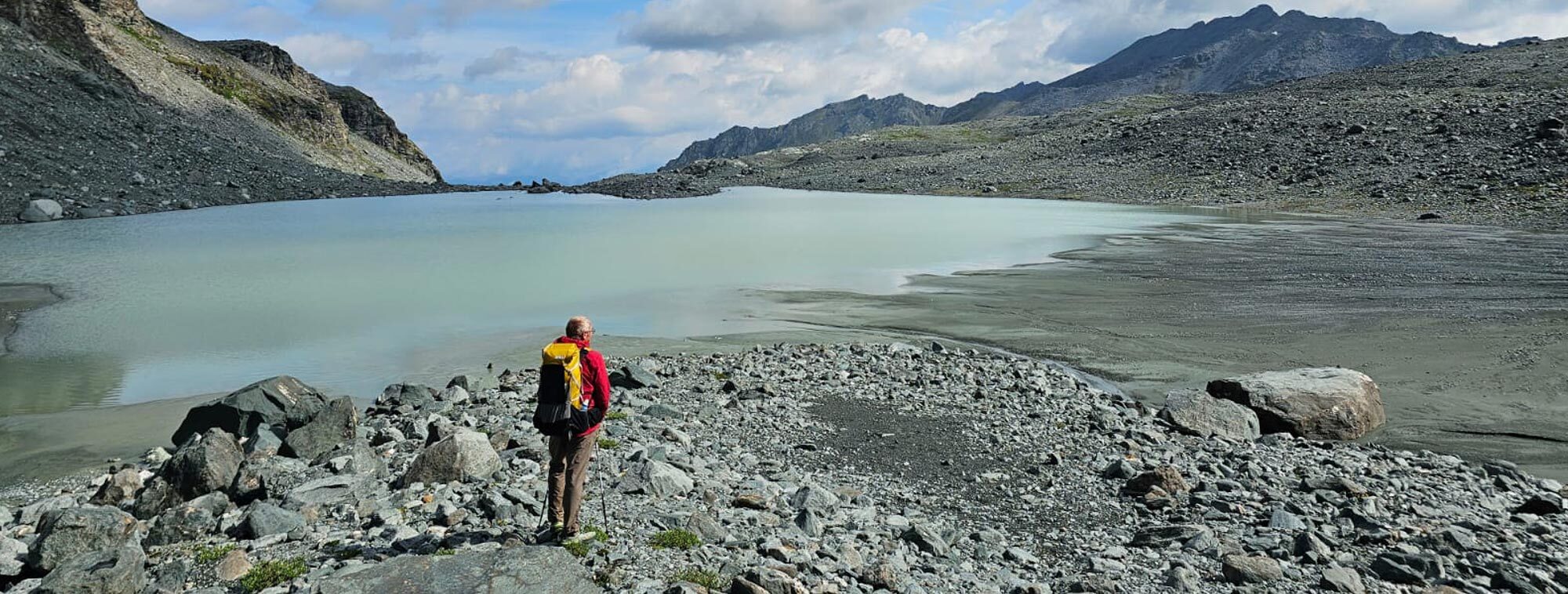
Chamonix to Zermatt - 12th to 22nd July 2025
Total Weight (excluding food, water and consumables): 5.69 Kg (12lbs 5oz)
Total Weight with 3 days food, gas and 1L water: 9.21 kg (20lbs 3oz)
I was intending to complete Chamonix to Zermatt high route using a mix of wild camps and camp sites. As I’m getting on a bit, I needed a backpack that was as light as possible without sacrificing comfort, as I would be using my tent for ten nights straight. See the full gear list here.
Shelter – Total Weight 598g
I’m a big fan of single skin trekking pole tents; you tend to get more internal volume for a given weight, and I don’t mind a bit of condensation in the morning. The lightest tent we sell is the Hyperlite Mountain Gear Mid 1 Tent, so this was my choice at 450g, a great start. The other grams are made up of pegs, a pole extender (included with the tent), a storage bag and spare guys.
Having used many tents of a similar design in the past, I knew what to expect. However, the Mid 1 was a real surprise because as well as being constructed from an amazing material, the design also far exceeded expectations. You can find out more in my review, but suffice to say Hyperlite have achieved a near perfect mix of space, function, liveability, and weight.
Sleep System – Total Weight 925g
I was expecting it to be warm so I decided to take a quilt, and that meant I needed a sheet to stop me sticking to my mat. I sleep colder these days than I used to, so I wasn’t prepared to compromise on warmth, even though I was expecting nighttime temperatures of around +10C this was in the valleys, as I could be camping at high altitudes, then it could easily be much colder.
In the end, I went for the Enigma 950FP 30F Down Quilt with Draft Collar from Enlightened Equipment, which weighed 537g (long/wide version) and has a rating down to -1C. Thermarest’s Synergy Lite Sheet comes in at 76g, and the Dream Nation Ultralight Pillow from Big Sky added another 44g.
My sleeping mat choice was straightforward – our lightest full-sized mat is the Tensor Elite Regular Mummy pad, weighing in at 268g.
I was pleased with my choices, though my relationship with quilts has never been perfectly happy (I thrash about a bit before getting to sleep), and I did experience temperatures approaching zero on a few high camps. Other grams were repair patches, pouch and Alpenblow Micro Inflator.
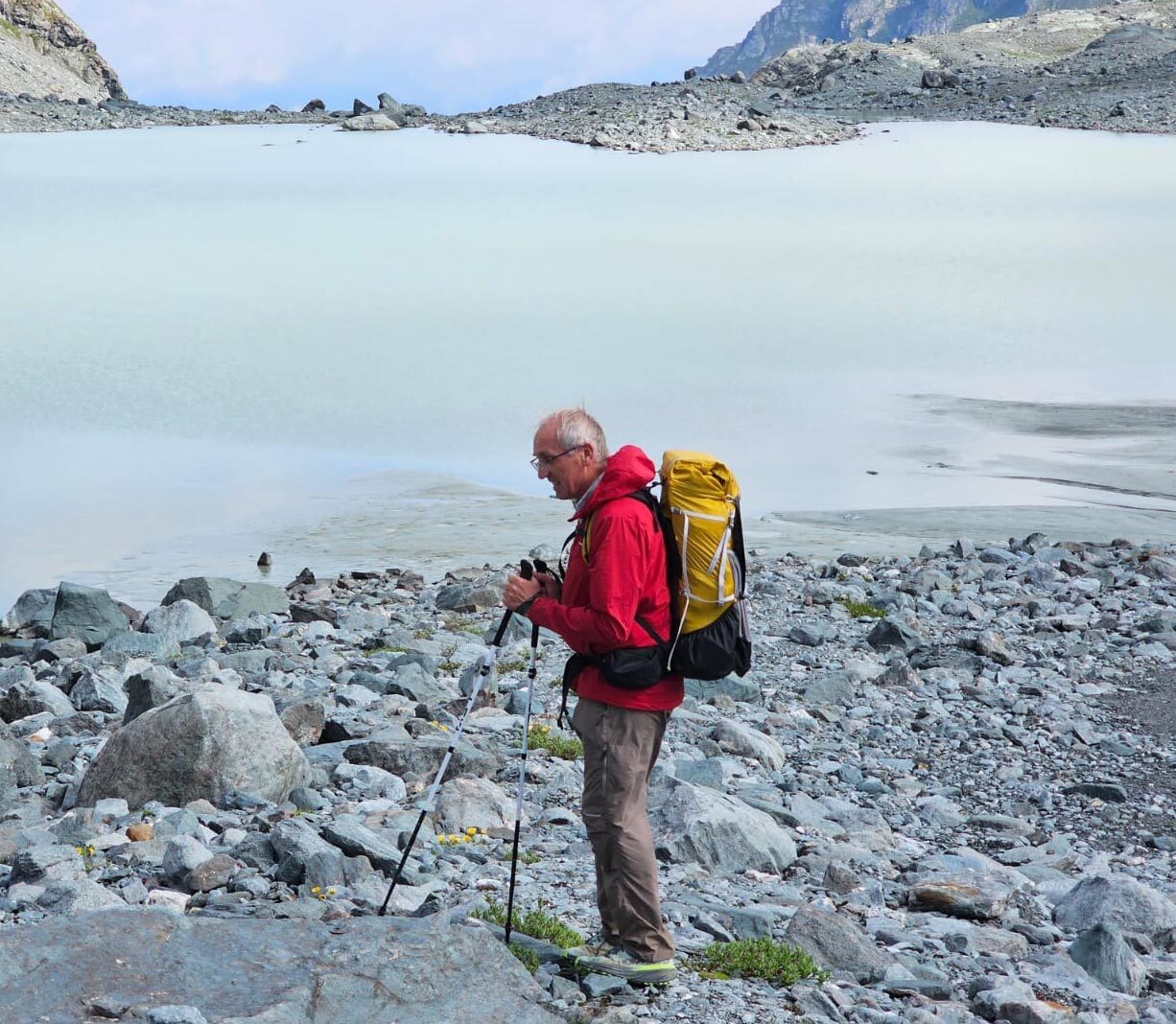
Rucksack – Total Weight 933g
I tried to get everything into my Gossamer Gear Gorilla 40, but with 3 days food, it was simply too much. A pack with a 40 Litre main compartment might have done it though, but Gossamer Gear quote all their pockets etc within the overall capacity.
I’m a fan of Gossamer Gear packs, so not wanting to take any risks, I went for the Gorilla 50, which turned out to be the perfect size. I added my Exped 30L pack liner for another 40g, and this would ensure my sleep system and spare clothing were all kept dry.
Rain Gear – Total Weight 333g
I was expecting some rain but not for days on end, and that’s what I got. Also, there are always options in Europe; if I were trekking somewhere like Peru or Patagonia, I would have ensured I had a bit more resilience in my choice of rain gear.
However, in this environment lightweight rain gear is generally enough, so I took my trusty Rab Flashpoint Jacket (still going strong and only 210g) and a new product from Ukrainian brand Turbat – a wrap-around rain kilt at 123g. Also note a 15g pouch for both.
It's true you can buy over-trousers at a similar weight to the Turbat Rain Kilt, but I wanted the flexibility and ease of use that this product brings. True, I got the bottom of my trousers wet when it rained, but these didn’t take long to dry.

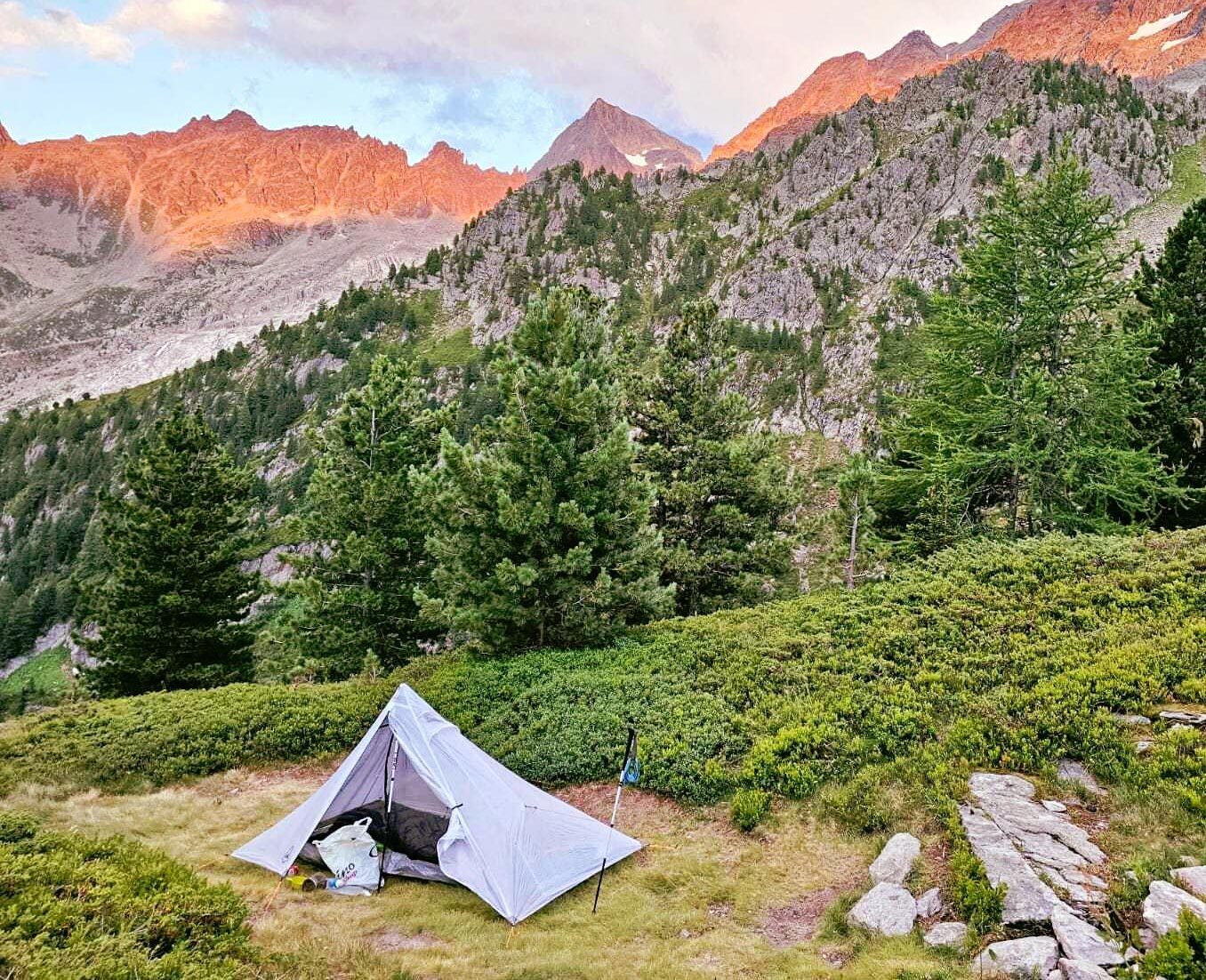
Other Choices
My minimalist cooking gear was a single 900ml Titanium Pot and a gas canister stove, and I took a Wildo Kasa Bowl so I could eat out of the pot and drink coffee at the same time.
The hydration system was pretty lightweight: During the day, I used my 1L BeFree Filter Bottle, drinking and topping up whenever I came across a water source – this worked really well and I was never thirsty. In addition, I took a 3Litre Platypus bottle for when I reached a camping spot, I filled this up and purified it with 3 Katadyn Micropur tablets. The whole hydration package weighed 111g.
Of course, I took my phone a 10000mah Nitecore Power Bank and a Sunslice Fusion Flex 6 Solar Panel. Although in truth, I could have got away without the solar panel because I was at a campsite often enough to recharge my phone and power bank, a combo which lasted 2–3 days.
My phone replaced the guidebook (Cicerone download), a book for entertainment, provided mapping (though I also took paper maps) and kept me in touch with home.
Finally, I could mention the items I always take on a trek, no matter what: Cable ties for repairs, Mosquito Headnet (not used this time), Firesteel (because stoves fail occasionally), spare guys and Grip Clips, lightweight gloves, Pee bottle, Gram-counter Gear Thermo Pocket, Biodegradable toilet roll and Micropore tape for those developing hotspots.
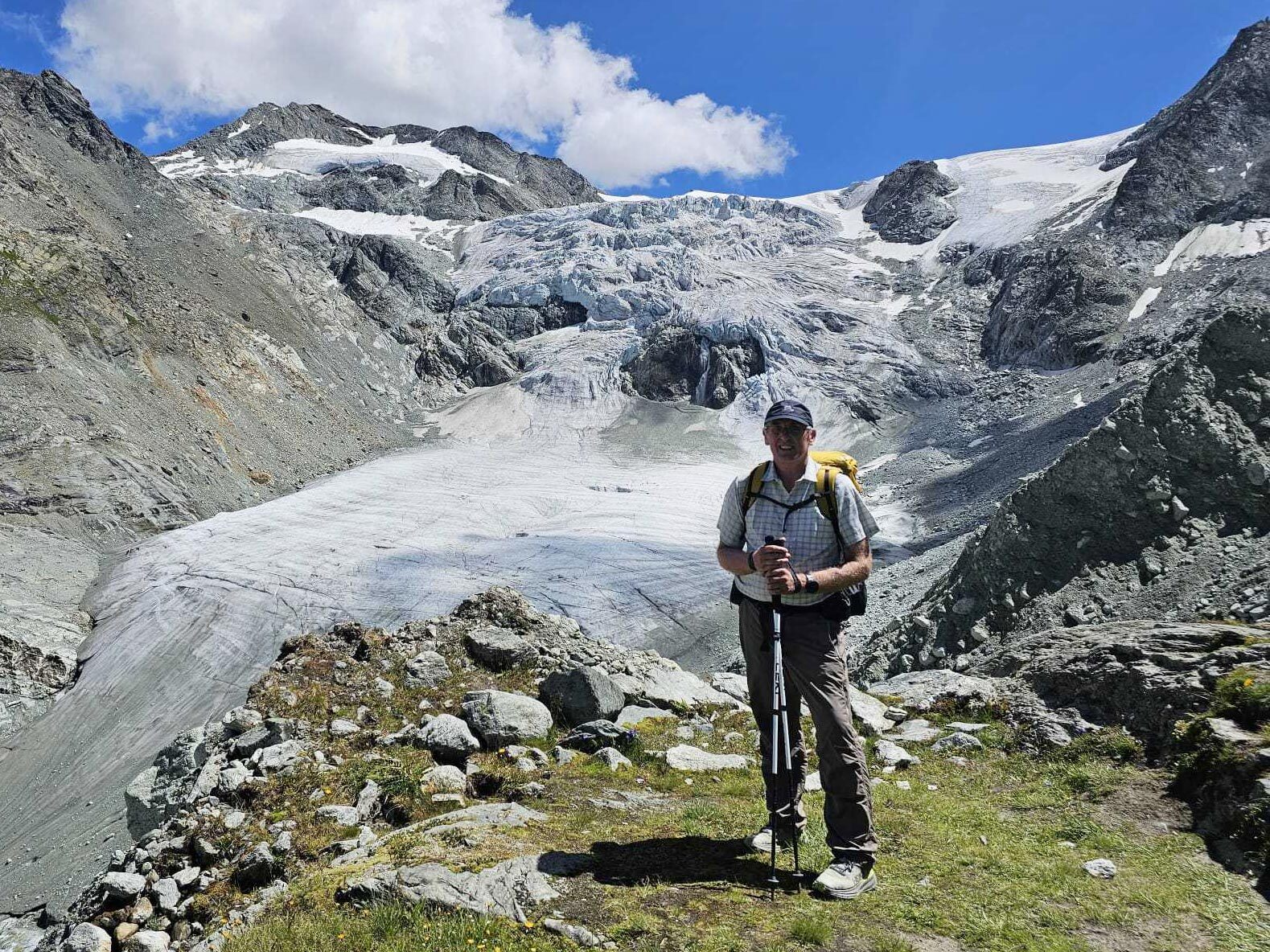
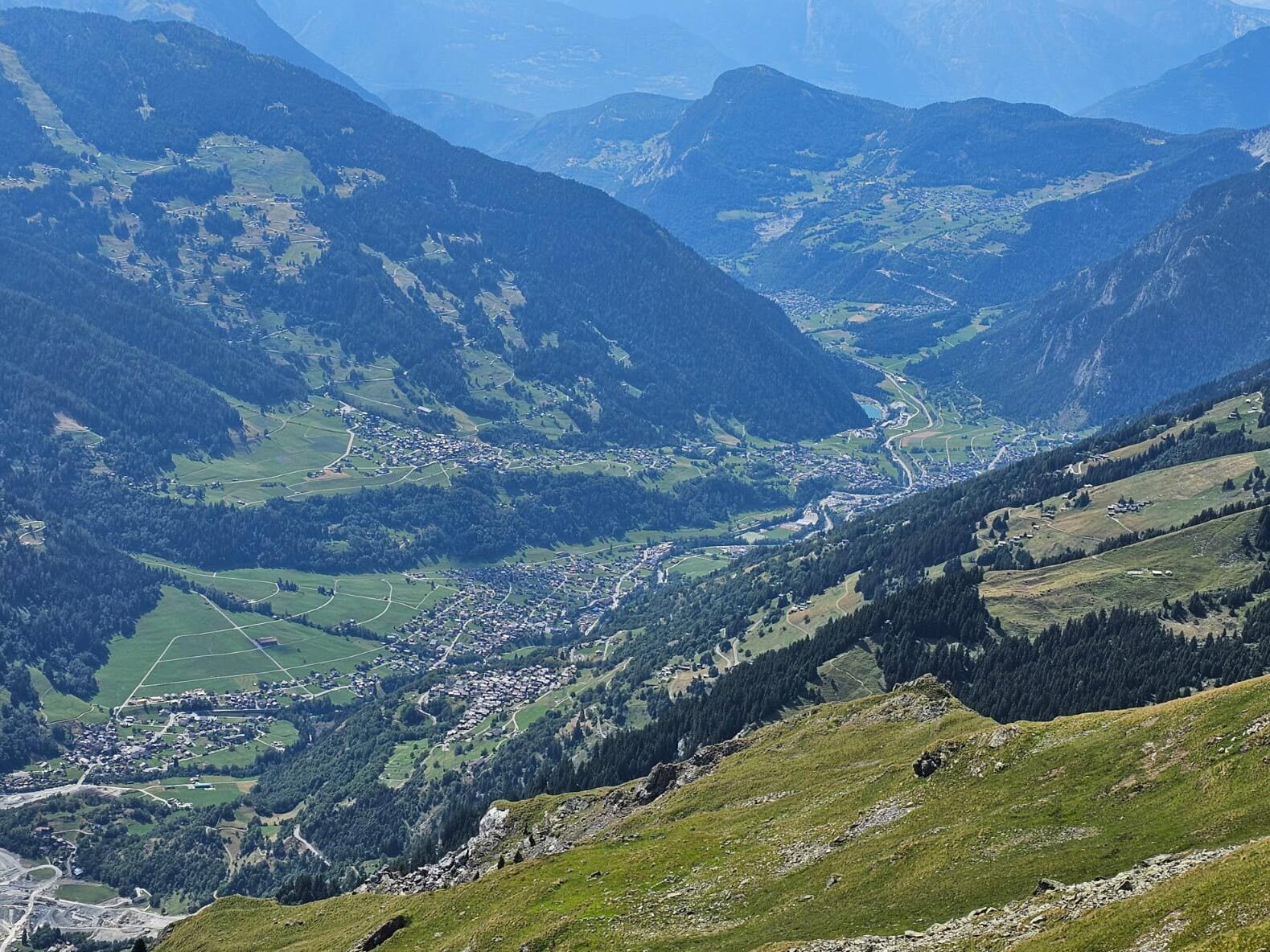
Notes
● I wanted to take a quilt but if I'd subsequently wanted to sleep in a mountain hut a sleeping bag would have been much much better.
● No camp footwear was an issue in some campsites who forbade wearing hiking boots in the shower blocks.
● I got away with having only one pair of walking legwear, I was able to wash this pair and have it dry for the following morning.
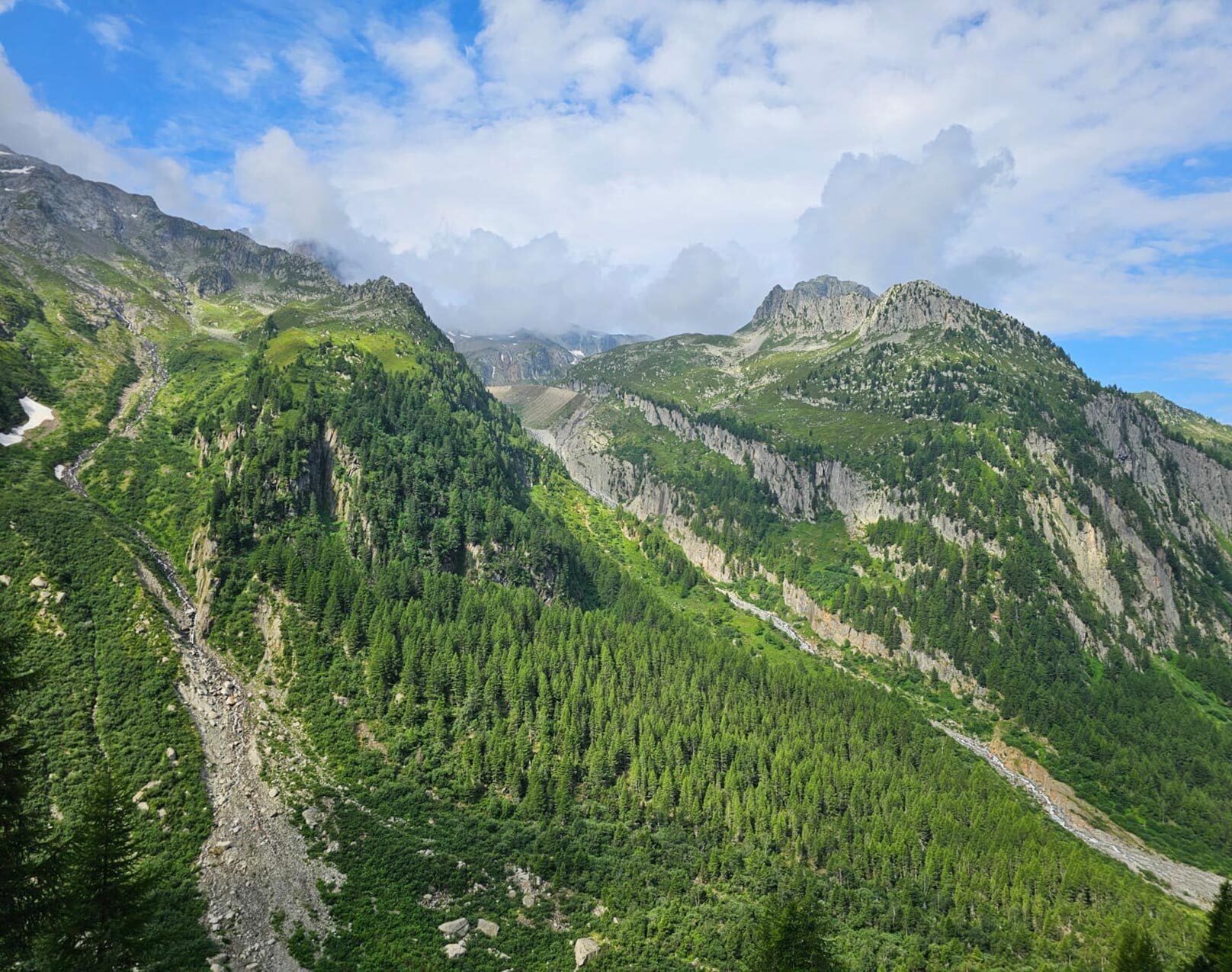

 |
||
 |
||
| Mark Richardson |
||
|
Mark was the founder of Ultralight Outdoor Gear back in 2006 and has completed long distance backpacking routes in some of the remotest parts of the world. His favourite hikes have been Torres del Paine (full circuit), the John Muir trail and the Markha Valley trail (Ladakh, India). Although semi-retired Mark has not lost any enthusiasm for minimalist backpacking and is tackling Scotland’s Munros choosing multi-day backpacking routes over the more usual guide book excursions. |
||
I was intending to complete Chamonix to Zermatt high route using a mix of wild camps and camp sites. As I’m getting on a bit, I needed a backpack that was as light as possible without sacrificing comfort, as I would be using my tent for ten nights straight. I’m a big fan of single skin trekking pole tents, you tend to get more internal volume for a given weight and I don’t mind a bit of condensation of a morning. The lightest tent we sell is the Hyperlite Mountain Gear Mid 1 Tent, so this was my choice, at 450g a great start.

